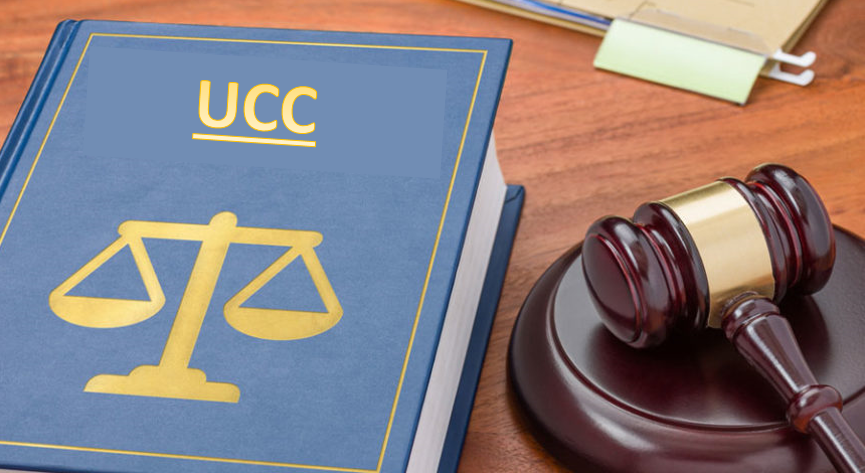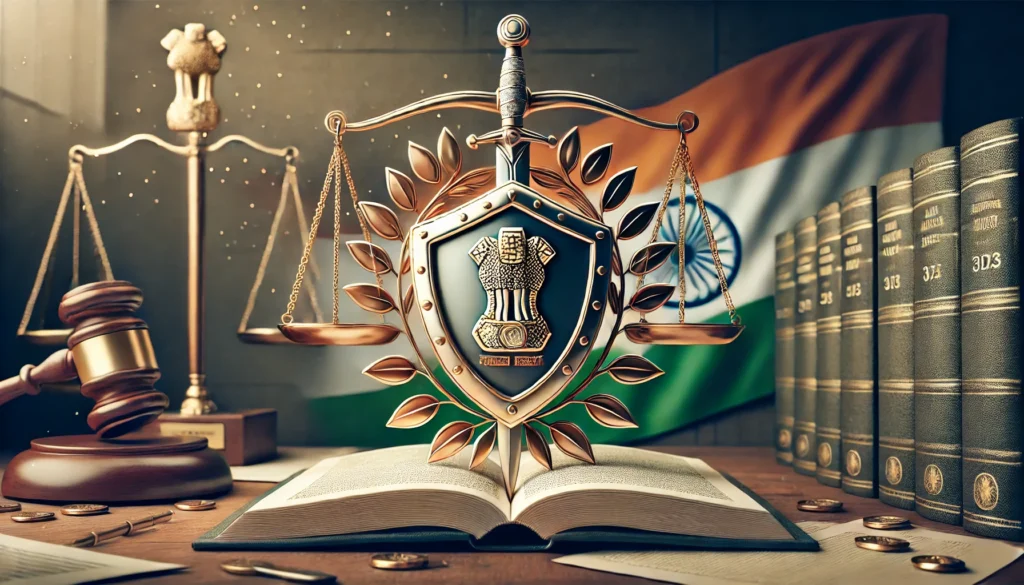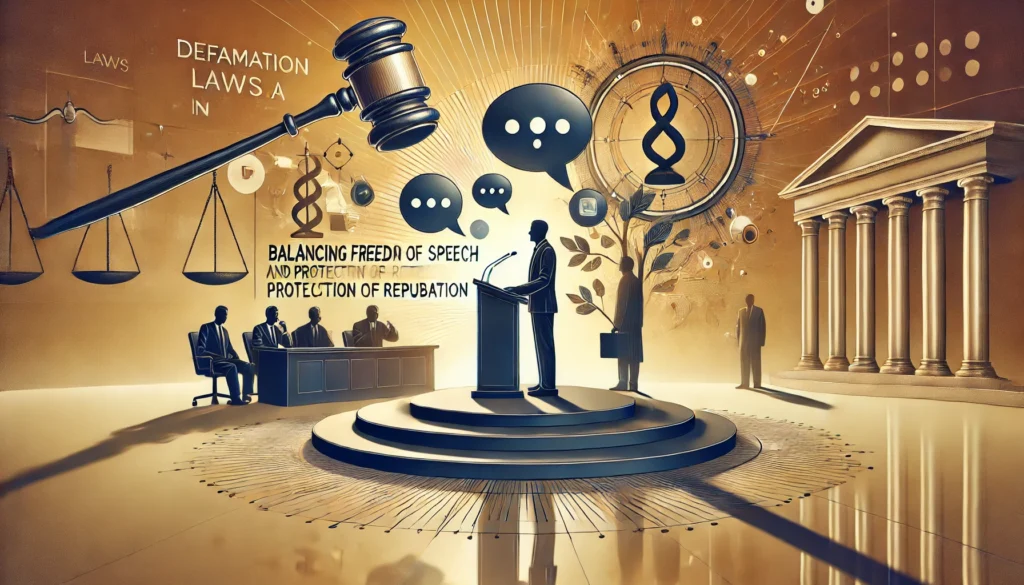Authored By: Samriddha Ray
St Xavier’s University, Kolkata
ABSTRACT
The conflict between hate speech and free speech presents one of the most persistent and controversial challenges in democratic societies. While the right to free expression is considered a cornerstone of liberty and democracy, it often clashes with the need to maintain public order, social harmony, and protect individuals from harm caused by hate speech. This article explores the constitutional underpinnings of both concepts, their legal interpretations, the boundaries between them, and the role of the judiciary in balancing these rights. Through landmark cases and doctrinal discussions, the article seeks to delineate the fine line separating free speech from hate speech, particularly in the Indian context, while also drawing comparisons from global jurisprudence.
INTRODUCTION
Freedom of speech and expression is not just a legal right but a fundamental pillar of democracy. Recognized under Article 19(1)(a) of the Indian Constitution, it ensures that individuals can voice opinions, criticize authority, and participate in public discourse. However, like all rights, it is not absolute.
Hate speech—defined loosely as speech that incites violence, discrimination, or hostility towards a particular group—poses a serious threat to the fabric of a pluralistic society. It tests the limits of free expression by challenging whether all speech, regardless of its content, deserves protection.
As society evolves, especially with the proliferation of digital platforms, the line between free speech and hate speech becomes increasingly blurred. Legislators, jurists, and scholars continue to wrestle with questions about when speech should be curtailed, and on what grounds. This article delves into this complex relationship between hate speech and free speech, highlighting the legal standards, key case laws, and philosophical undercurrents that define this debate.
UNDERSTANDING FREE SPEECH: THE CONSTITUTIONAL FRAMEWORK
In India, Article 19(1)(a) guarantees every citizen the right to freedom of speech and expression. This right includes the freedom to express one’s convictions and opinions freely through any medium—spoken, written, or digital.
However, Article 19(2) places reasonable restrictions on this freedom in the interests of:
the sovereignty and integrity of India, the security of the State, friendly relations with foreign states, public order, decency or morality, contempt of court, defamation, incitement to an offence. Thus, the Constitution itself anticipates scenarios where speech might harm public interest and allows for restrictions under these specific heads.
WHAT CONSTITUTES HATE SPEECH?
There is no universally accepted definition of hate speech. In the Indian context, it generally refers to any expression—spoken, written, or symbolic—that has the potential to incite hatred, discrimination, or violence against a group based on race, religion, ethnicity, gender, caste, sexual orientation, or nationality.
Some legal provisions dealing with hate speech include:
Sections 153A and 153B of the IPC: Penalize speech that promotes enmity between different groups or hurts national integration.
Section 295A: Targets deliberate and malicious acts intended to outrage religious feelings.
Section 505(1) and 505(2): Deal with statements conducive to public mischief and promoting enmity.
Representation of the People Act, 1951: Prohibits hate speech during election campaigns.
Despite the presence of these provisions, ambiguity persists regarding what amounts to “hate” and who determines it, leading to both misuse and under-enforcement.
The Philosophical Dilemma
The debate often revolves around two conflicting moral values:
- Autonomy and Liberty: Free speech allows individuals to develop opinions, engage in dialogue, and criticize existing structures. Curtailing it could lead to authoritarianism.
- Harm Principle: Propounded by John Stuart Mill, this suggests that speech can be restricted only if it causes harm to others. Hate speech, when it incites violence or hatred, arguably crosses this threshold.
The problem lies in differentiating offensive speech from harmful speech. While democracy thrives on dissent and criticism, it must also protect minorities and vulnerable groups from targeted hostility.
JUDICIAL APPROACH IN INDIA
The Indian judiciary has played a pivotal role in navigating the fine line between hate speech and free speech. Below are key cases illustrating the courts’ evolving interpretations:
- Romesh Thappar v. State of Madras (1950)
This early case struck down a ban on a journal critical of the government. The Supreme Court emphasized that free speech is essential to a functioning democracy and that restrictions must be narrowly construed.
- K.A. Abbas v. Union of India (1971)
The Court recognized the need for censorship in films but held that restrictions must be reasonable and not arbitrary. It laid down that artistic freedom and creative expression are integral parts of free speech.
- Ramji Lal Modi v. State of U.P. (1957)
Here, the Court upheld the constitutional validity of Section 295A IPC, holding that restrictions on speech meant to protect religious sentiments are justifiable under Article 19(2).
- Pravasi Bhalai Sangathan v. Union of India (2014)
The Court acknowledged the growing menace of hate speech but declined to issue new guidelines, emphasizing the need for enforcement of existing laws. It observed that hate speech attacks the dignity of individuals and undermines equality.
- Shreya Singhal v. Union of India (2015)
In this landmark decision, the Supreme Court struck down Section 66A of the IT Act, which criminalized online speech that was “grossly offensive” or “menacing.” The Court held that such vague terms were open to misuse and inconsistent with the fundamental right to free speech. However, it upheld laws prohibiting incitement to violence or hatred, drawing a distinction between advocacy and incitement.
- Amish Devgan v. Union of India (2020)
The Supreme Court upheld multiple FIRs against a news anchor for allegedly derogatory remarks about a Sufi saint. The Court stated that hate speech can’t be protected under free speech and emphasized the intent and likely impact of such speech in determining its legality.
COMPARATIVE PERESPECTIVE: GLOBAL JURISPRUDANCE
United States
The First Amendment to the U.S. Constitution strongly protects free speech, even hate speech, unless it incites imminent lawless action (Brandenburg v. Ohio, 1969). The U.S. favors a content-neutral approach and tolerates offensive expression unless it leads to direct violence.
Germany
Germany, shaped by its Nazi past, imposes stricter limits on hate speech. It criminalizes Holocaust denial and Nazi symbolism, recognizing that unrestricted speech can lead to catastrophic consequences.
United Kingdom
The UK has laws under the Public Order Act and the Racial and Religious Hatred Act that prohibit speech likely to stir up hatred based on race or religion, but courts still aim to preserve legitimate expression.
CURRENT CHALLENGES AND DIGITAL DILEMMAS
The digital era has compounded the problem of regulating hate speech. Social media platforms serve as megaphones for harmful content, often with little accountability. Algorithms may amplify sensational and polarizing speech, leading to real-world violence, such as mob lynchings incited by rumors on WhatsApp.
At the same time, there are concerns about state overreach, where governments use the pretext of “hate speech” to silence dissent or unpopular views.
Thus, any solution must balance regulation with safeguards against censorship.
RECOMMENDATIONS
- Clear Definitions: Legislation must clearly define what constitutes hate speech to prevent arbitrary enforcement.
- Independent Regulatory Bodies: Oversight of speech-related complaints should be vested in independent bodies, not political agencies.
- 3. Digital Literacy: Citizens should be educated on recognizing and countering online hate, promoting civil dialogue.
- Platform Responsibility: Social media companies should be made legally accountable for monitoring and removing hate speech while ensuring transparency.
- Judicial Training: Judges and police officers must receive regular training on constitutional standards and freedom of speech jurisprudence.
CONCLUSION
Free speech and hate speech represent the two ends of a complex spectrum. While a democracy must encourage the widest possible freedom of expression, it must also guard against expressions that undermine the dignity and security of others. Indian jurisprudence has gradually evolved to recognize this balance, but the lines remain blurry.
Judicial decisions have consistently emphasized the need for intent, harm, and incitement to determine hate speech. However, enforcement remains inconsistent, often influenced by political pressures and social bias.
Going forward, India needs: Clear statutory definitions of hate speech. Independent oversight of media content. Educational programs to promote digital and civic literacy. Technological safeguards against algorithmic amplification of hate.
Ultimately, the goal is not to censor but to cultivate a culture of responsibility, where free speech is used not as a weapon of division, but as a tool for dialogue, reform, and social cohesion.
The tension between hate speech and free speech is an enduring feature of democratic governance. A democracy cannot afford to sacrifice either the right to free expression or the dignity and safety of its people. The challenge is to create a calibrated legal framework that protects individual liberties while preventing social harm.
In the Indian context, this means enforcing existing laws prudently, resisting state overreach, and empowering institutions to differentiate between criticism and vilification. As society becomes more diverse and interconnected, safeguarding the balance between freedom and responsibility in speech will remain central to the health of our republic.
REFERENCES
- Romesh Thappar v. State of Madras, AIR 1950 SC 124
- Kedar Nath Singh v. State of Bihar, AIR 1962 SC 955
- Pravasi Bhalai Sangathan v. Union of India, (2014) 11 SCC 477
- Shreya Singhal v. Union of India, (2015) 5 SCC 1
- Amish Devgan v. Union of India, (2021) 1 SCC 1
- Bilal Ahmed Kaloo v. State of Andhra Pradesh, (1997) 7 SCC 431
- Navtej Singh Johar v. Union of India, (2018) 10 SCC 1
- Information Technology (Intermediary Guidelines and Digital Media Ethics Code) Rules, 2021
- Indian Penal Code, 1860 – Sections 153A, 295A, 505
- Brandenburg v. Ohio, 395 U.S. 444 (U.S. Supreme Court)




